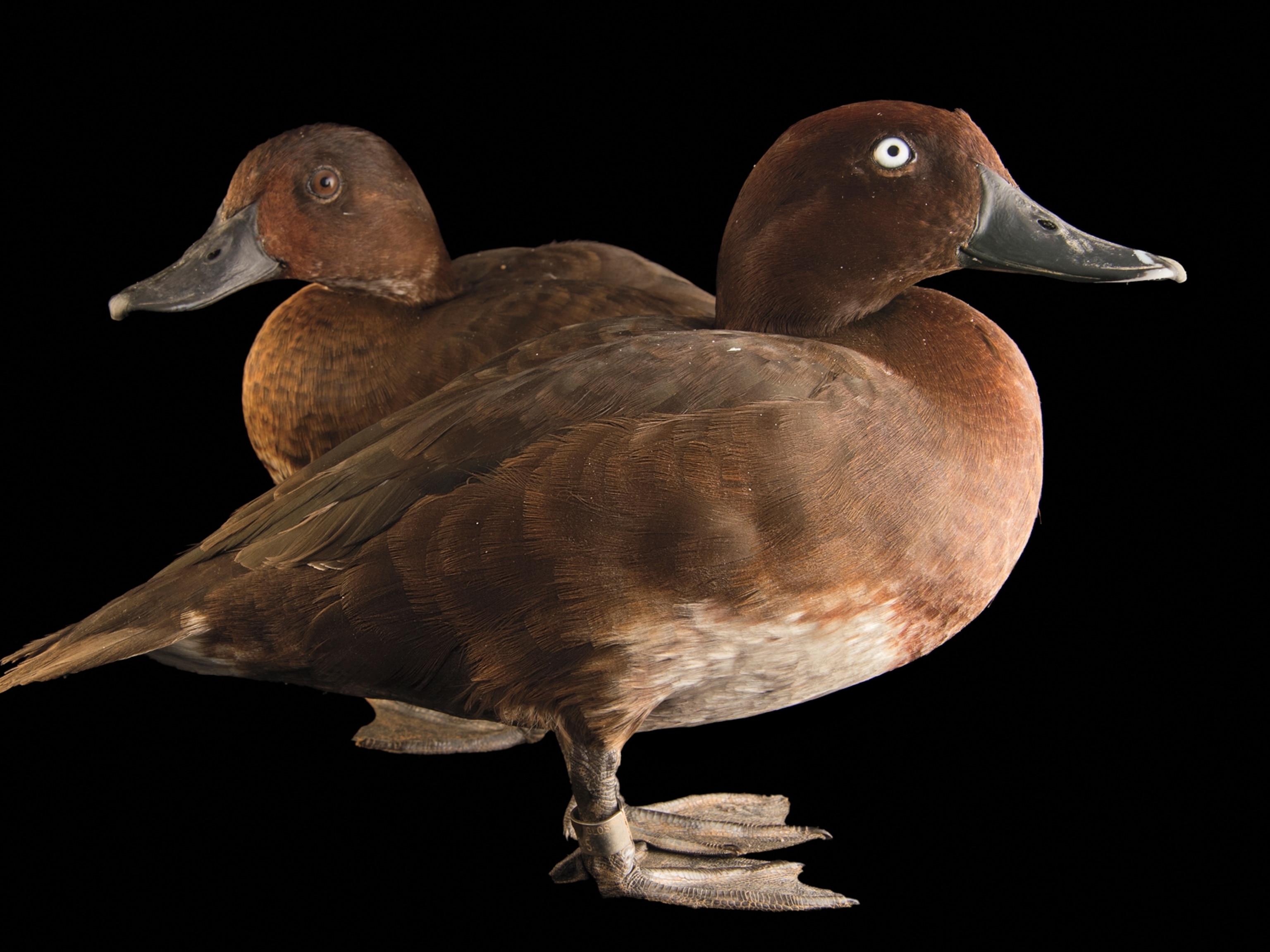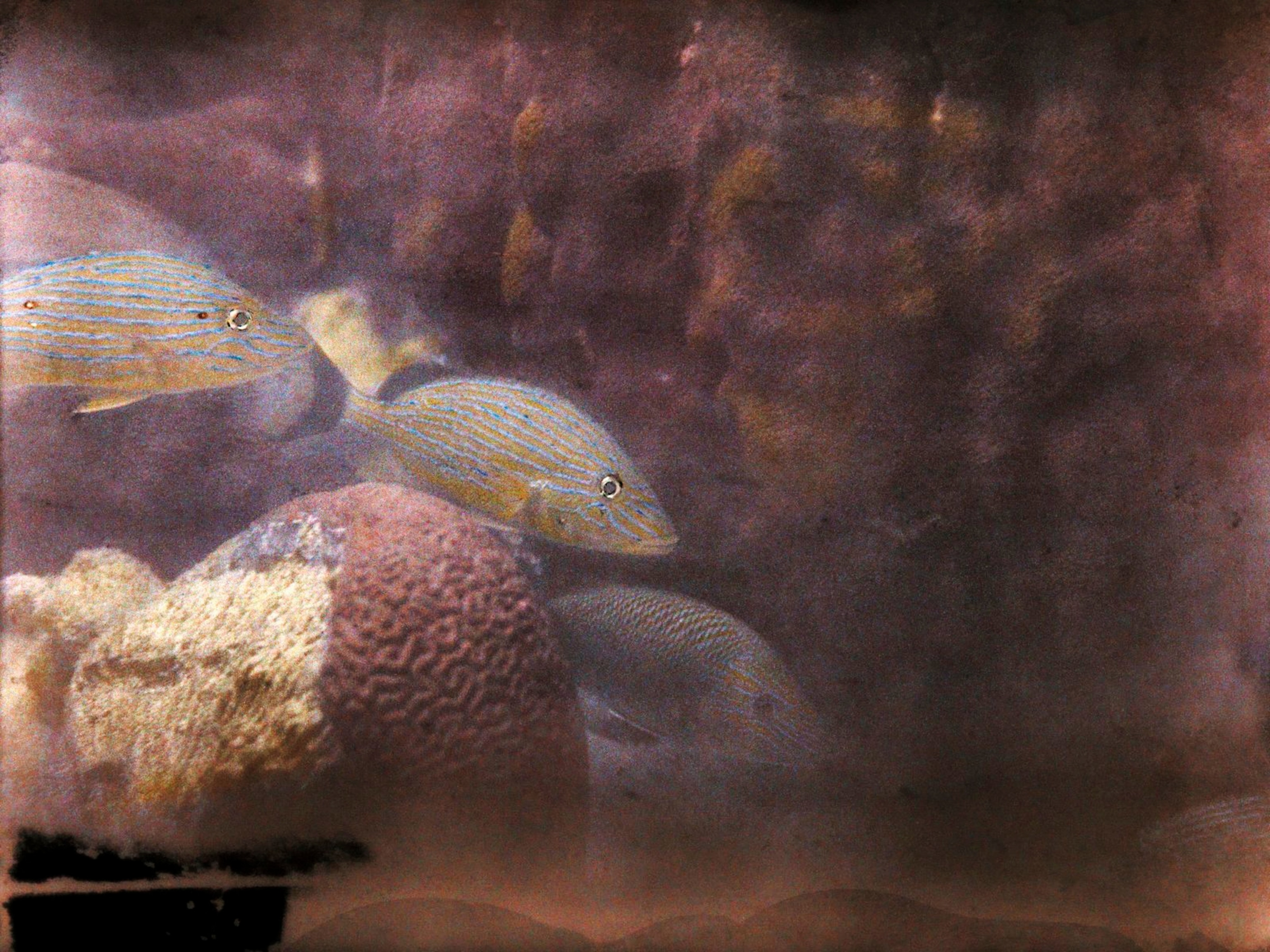
What’s Making Duck Sounds in the Ocean? Mystery Solved
Sonar has detected these strange sounds since the 1960s, but no one knew the source of the noise- until now.
It may sound quacky, but mysterious duck-like sounds in the oceans are made by whales, a new study says.
Scientists have been trying to decode the perplexing low-frequency sounds, which occur every winter in the Southern Hemisphere in the ocean around Antarctica, since sonar began detecting them in the 1960s.
“’Bio-duck’ was actually a fitting description for the sound. It really does sound a lot like a duck,” said study leader Denise Risch, a marine acoustic specialist at the U.S. National Oceanic and Atmospheric Administration’s Northeast Fisheries Science Center. (Listen to the bio-duck sounds.)
The noise was so deep and repeated so regularly that at first, researchers weren’t even sure that a living creature could be producing the noise.
Some scientists hypothesized that ‘bio-duck’ might be produced by ultra-high-tech military devices at the bottom of the ocean. As time passed, however, more and more evidence mounted that bio-duck was actually produced by a deep-sea animal: The noise appeared each October and then disappeared by the end of December, and it was found only in a limited area near Antarctica; both of these factors indicated a migrating animal. The question was, which one? (Learn more about our noisy oceans.)
Now, analysis of calls between Antarctic minke whales (Balaenoptera bonaerensis) reveal the marine mammals were the source of the sound.
“It was very exciting. When going through the recordings, my heart jumped a little bit when I found a sound that was a good candidate for the signal,” said Risch, whose study appeared April 22 in the journal Biology Letters.
Decoding Bio-Duck
Only a truly massive marine animal could produce a sound like that, Risch reasoned.
So when a group of scientists asked her to analyze acoustic data from Antarctic minke whales, Risch leaped at the chance to investigate what she believed might be the source of bio-duck.
Antarctic minke whales, which weigh between six and nine tons and measure about 25 to 35 feet (7 to 11 meters), use baleen to filter out krill and other small marine animals from the frigid waters off Antarctica. (See National Geographic’s whale pictures.)
The animals spend their winters in the warmer waters nearer the tropics and return to Antarctic waters to breed during the summer. Like many marine mammals, Antarctic minke whales were believed to communicate by calling to each other beneath the waves. However, none of these whales’ calls had been formally recorded and analyzed.
So in 2013, Risch and colleagues took a boat into Wilhelmina Bay, off the western Antarctic Peninsula, and used a handheld pole to attach sound recorders to two wild minke whales. (See your Antarctic pictures.)
These acoustic devices, which were attached by specialized suction cups and stayed on for several hours, recorded all of the animals’ calls before detaching and falling to the bottom of the ocean. The devices sent out a signal that told the researchers where to go to retrieve them.
Risch obtained 8 hours of data from one whale and 18 hours from another. Most of the calls were downsweeps, or short bursts of sound that start off at a higher frequency and rapidly fall to a lower one. (See “Hear the Surprising Sounds of Ocean Life.”)
But from each whale, Risch was able to identify several bio-duck calls that were distinct from the other calls. Other acoustic experts on her team agreed: The Antarctic minke whale was the source of bio-duck.
More Mysteries
The team has solved the major mystery of bio-duck, but plenty are left for them and other scientists to uncover.
For instance, no one knows the purpose of bio-duck calls or how the whales use them to communicate with each other.
Nor does Risch have any idea why bio-duck is used only at the height of the southern summer and not at other times of the year.





